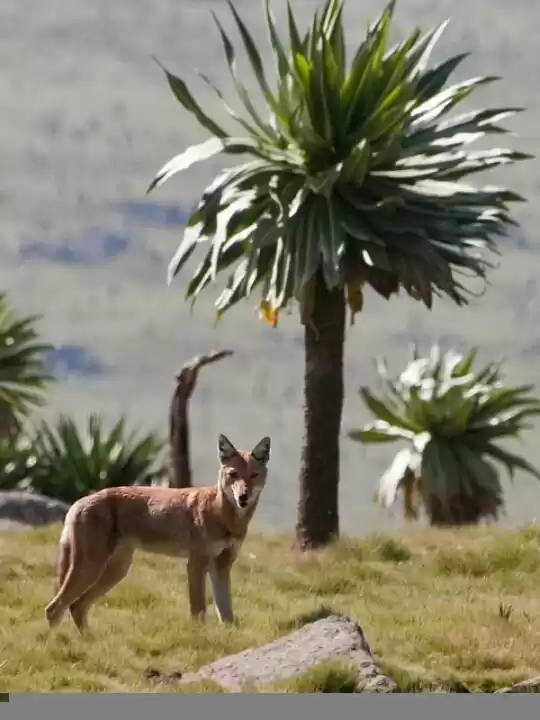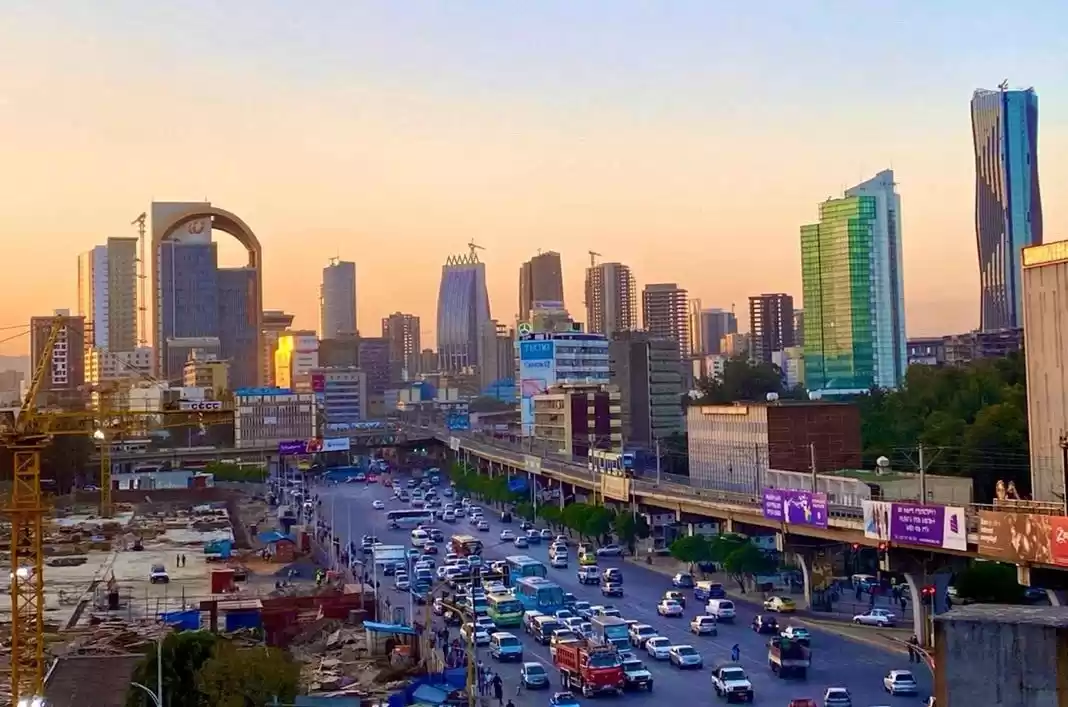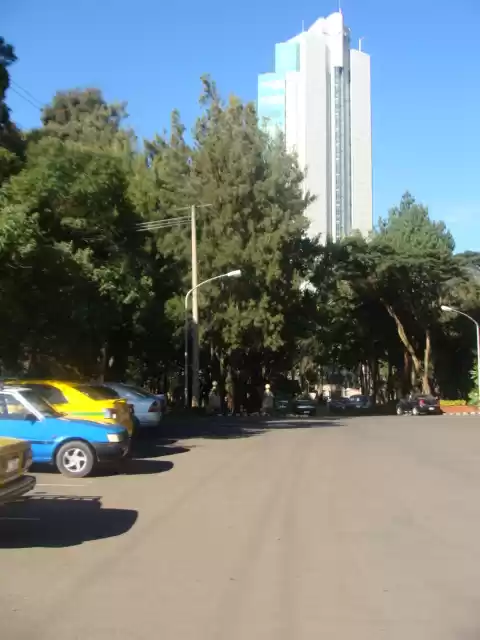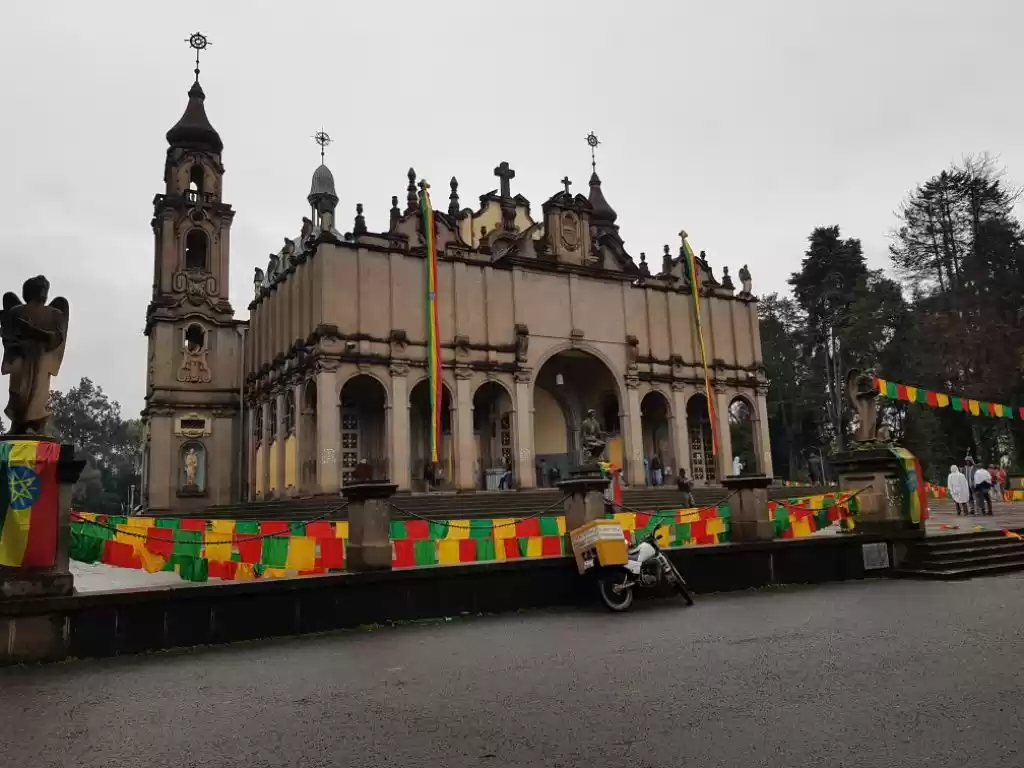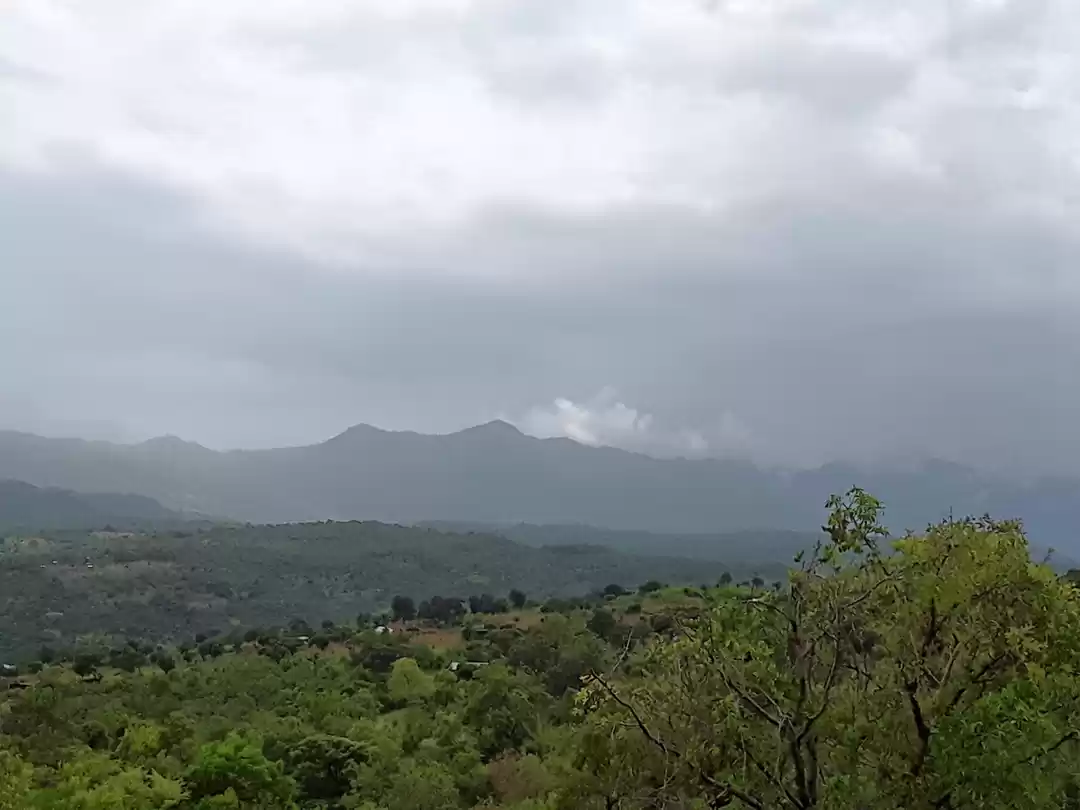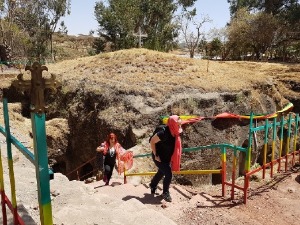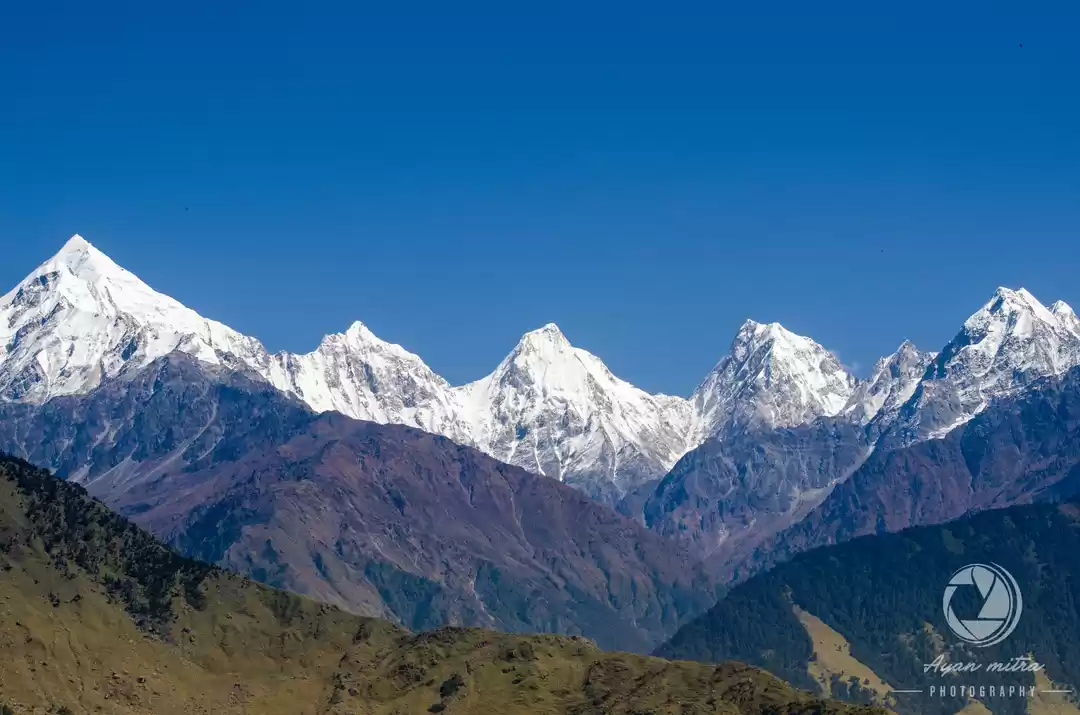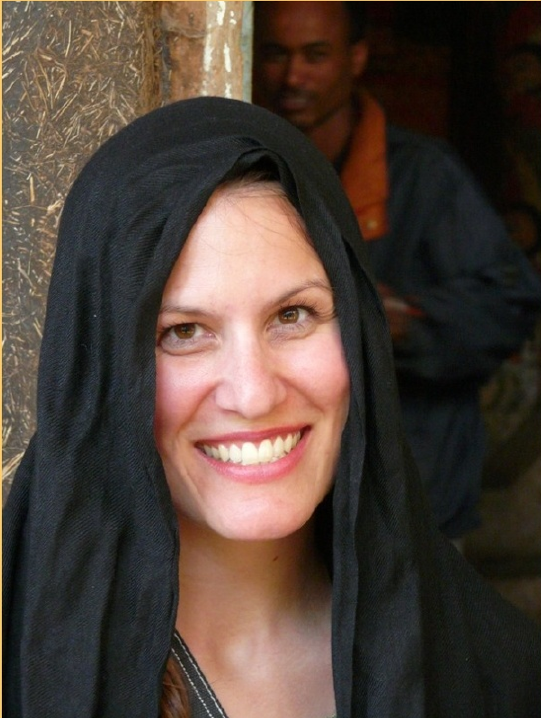
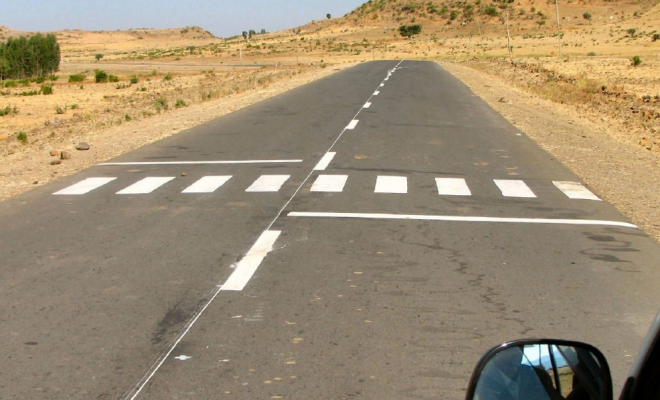

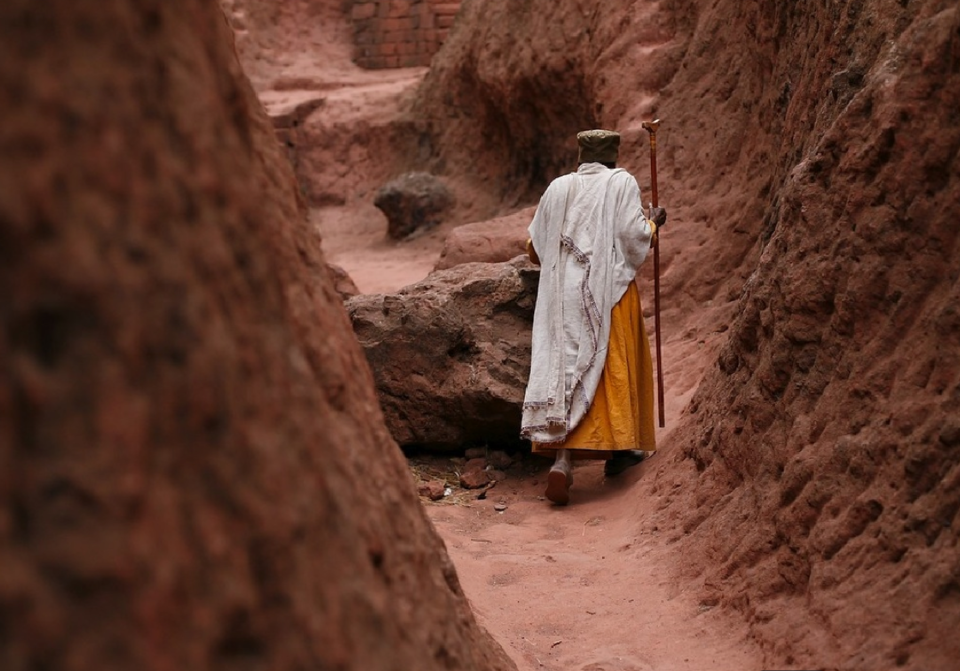
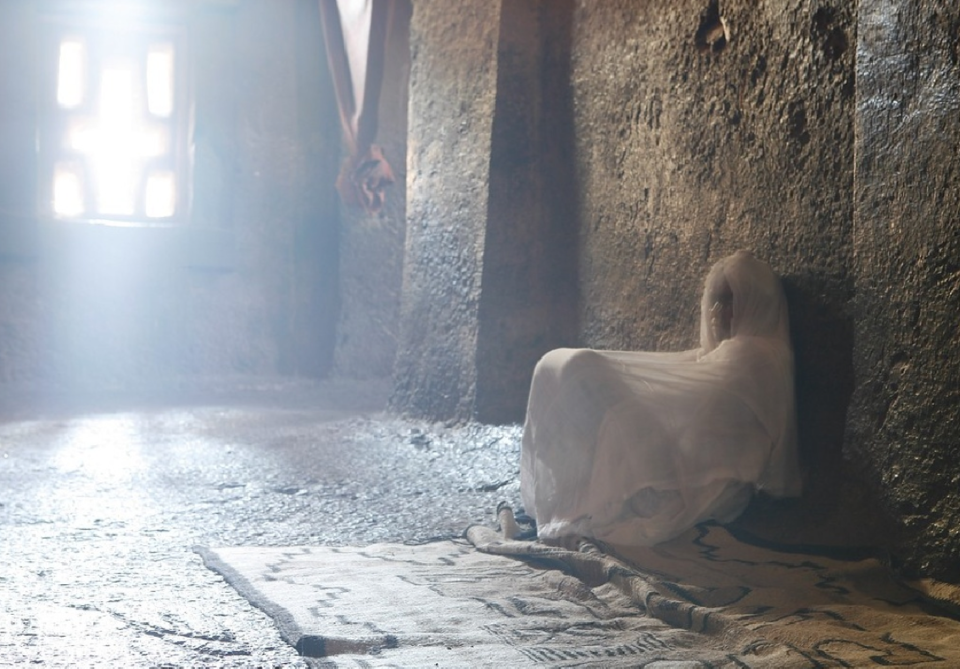
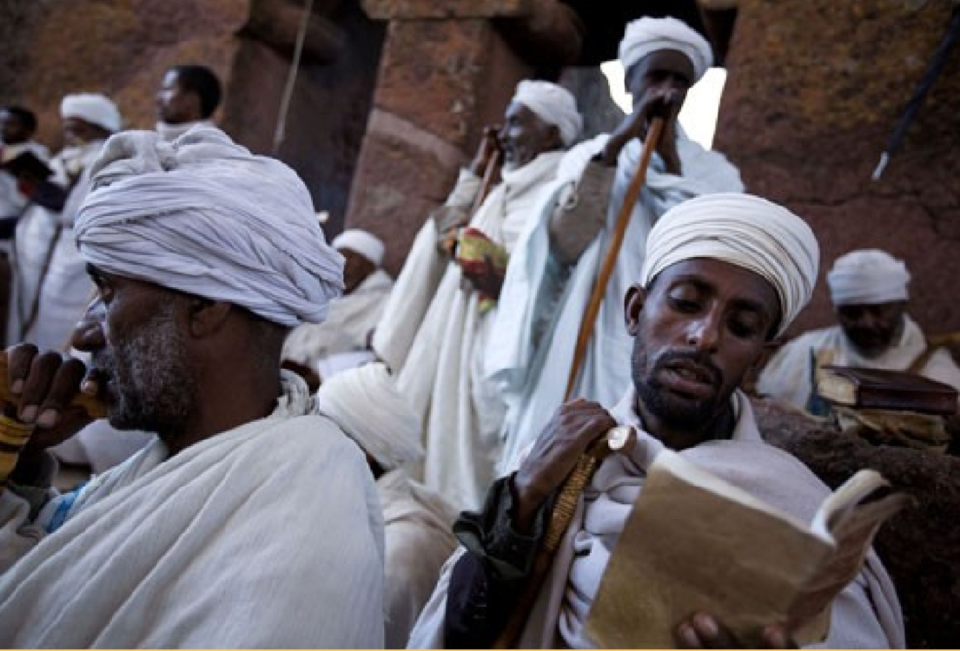
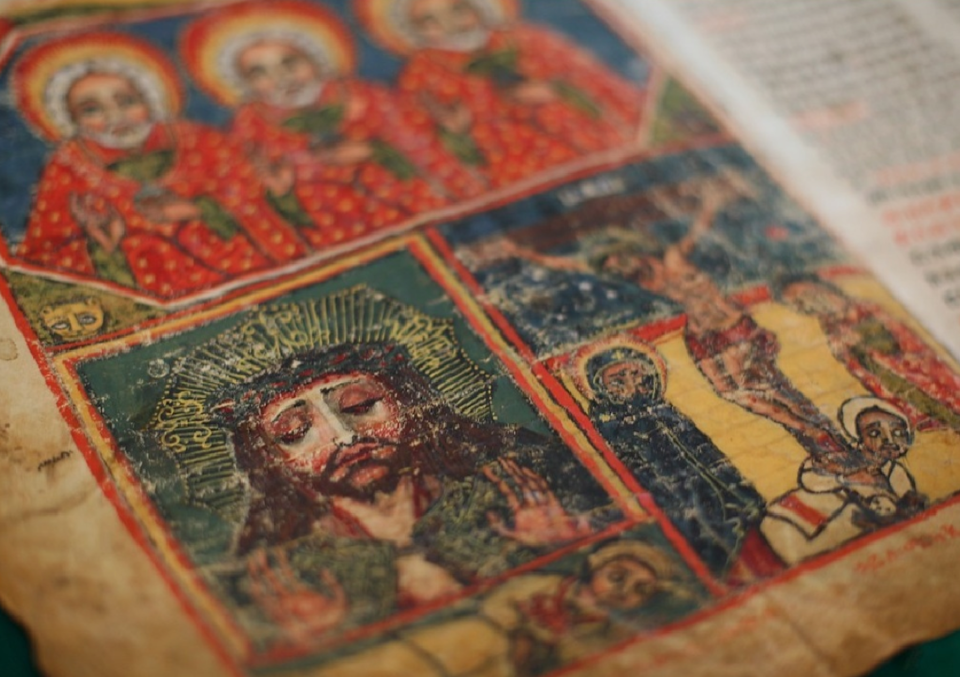


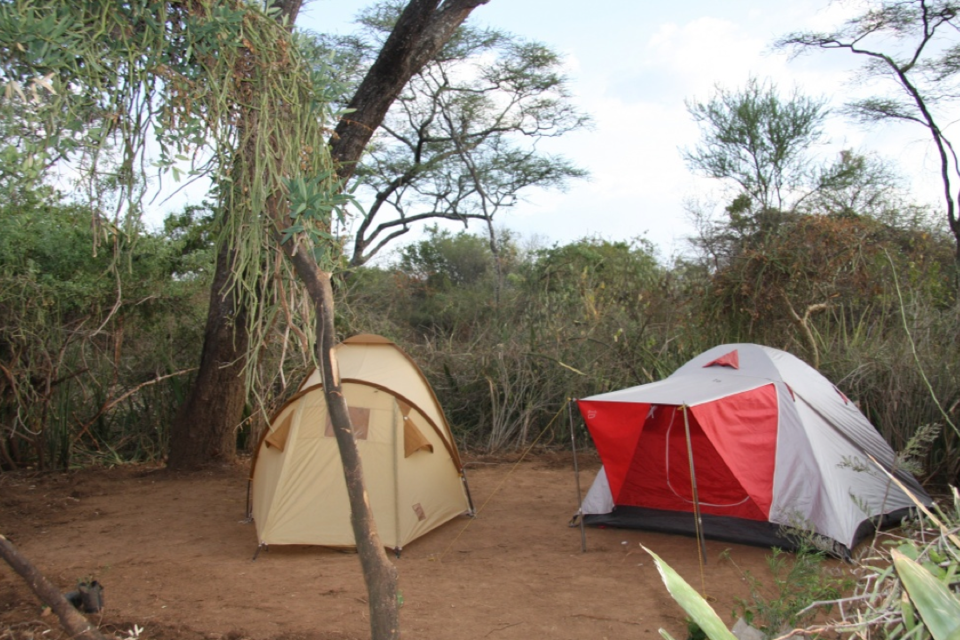
As the wind whipped through the dusty campground somewhere just outside of Jinka, deep in Ethiopia’s Omo Valley, I knew my calm disposition was only a result of the Ambien numbing my mind as I slowly woke up. Had I not been deep in a drug-induced slumber, I would also have felt the wrath of the wind and rain that swept through the campsite which my friends and I called ‘home’.
We’d traveled for days over hundreds of miles of pot-holed roads to reach this point, and still had several hours of driving in the morning to reach our final destination – paying a visit to Ethiopia’s Mursi tribe.
After what seemed like an endless journey through the barren and hot Ethiopian countryside, we arrived at the Mursi village. As we drove up, we witnessed the families adorning themselves with jewelry and hastily put their lip plates in place. As we parked and got out of the vehicle, our guide mumbled a few words of caution; however, it was all in vain as we were immediately swarmed by everyone from children to women wanting to sell us lip plates. The men with machine guns slung carelessly over their bare shoulders, observed us from afar.
Everyone was relentlessly repeating requests to pay them 20 Birr in exchange for a photograph. It was one Mursi man’s responsibility to count camera shutter clicks; tallying up our total “bill”.
As seasoned adventure and African travelers, it did not take us long to realize that sooner the cameras went away the better. We could then enjoy a memorable time playing games with the children (stones and circles in the dirt). As the day came to a close, we realized that the journey to the destination was well worth it after an inspiring day with the tribe.
Travelling in Ethiopia can be termed as truly transformative. Ethiopia is unrivaled when it comes to unique historical sites, immersive cultural opportunities (especially in the Northern part of the country) and a different look at Africa, than what is normally portrayed.
Raiders of the Lost Ark, in real life!
This history of Ethiopia – to put it mildly – is amazing. Read "The Sign and the Seal" for the most well-written, historically accurate account of Ethiopia’s long and detailed history. With topics ranging from Ethiopia’s religion, their calendar, holidays and festivals to the belief that the Ark of the Covenant is also located in the country – this written account is truly informative. Ethiopians have always fought to safeguard their rights and most importantly, to save the sanctity of their Motherland. What is intriguing is the fact that a discerning traveler may be able to catch a glimpse of the guard whose sole purpose in life is to protect the Ark from being transported to another destination.
Across the street from the Ark’s current resting place is a museum where priceless artifacts, thoughtfully presented and organized under glass counters, are found. To one corner was a metal cross, intricately carved and dated at least 600 years old, and placed in a Philadelphia Cream Cheese container.
The churches, including the famous rock-hewn churches of Lalibela and the island churches in Bahir Dar, are all active, working churches, visiting in large numbers by patrons and believers throughout the week.
When visiting Ethiopia, do not associate with a group tour as it could hinder your opportunity to really explore the country’s culturally important structures – collectively standing as a testament to the brave lives that have lived, and continue to live against the odds.








